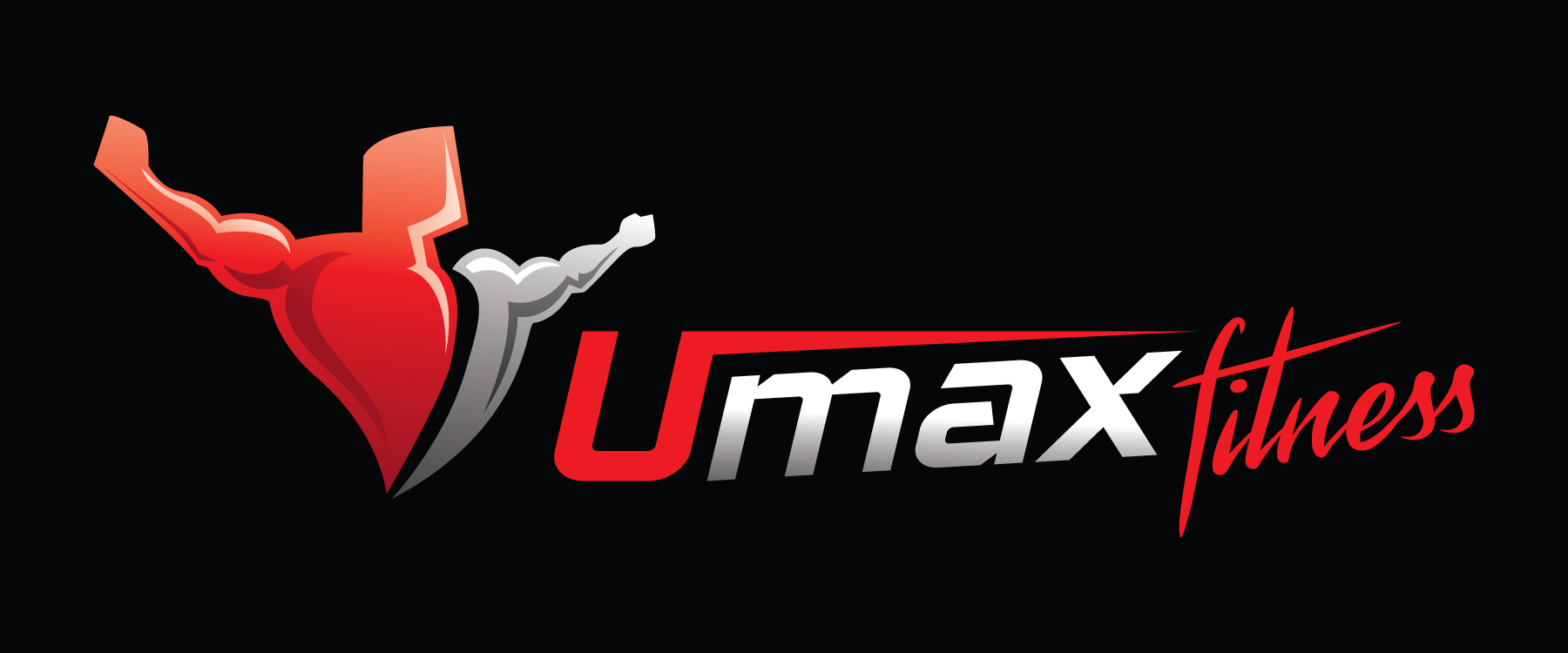Low back pain: the first steps
Low back pain is one of the most common medical presentations in the general population. Around 80 per cent of the adult population experience low back pain at some point in their lifetimes. It is the most common cause of job-related disability and a leading contributor to missed workdays. Pain can begin abruptly as a result of an accident or by lifting something heavy, or it can develop over time due to age-related changes of the spine. Sedentary lifestyles can set the stage for low back pain, especially when a weekday routine of getting too little exercise is punctuated by strenuous weekend workout!
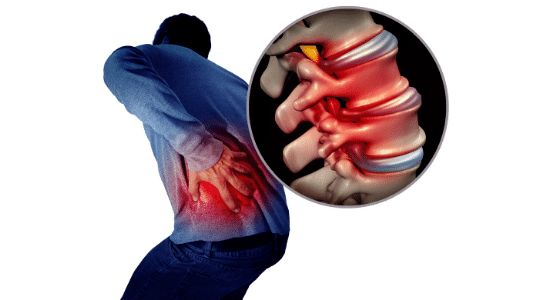
What causes your low back pain?
It’s often not possible to identify the cause of back pain. Doctors call this non-specific back pain. Sometimes the pain may be from an injury such as a sprain or strain, but often it happens for no apparent reason. It’s very rarely caused by anything serious.
Back pain can be caused by a popular medical condition such as:
- a slipped disc – where a disc of cartilage in the spine presses on a nearby nerve
- sciatica – irritation of the nerve that runs from the pelvis to the feet
These conditions tend to cause additional symptoms, such as numbness, weakness or a tingling sensation, and they’re treated differently from non-specific back pain. Underlying changes in the spine’s anatomy and mechanics are usually the cause of back pain
Why a disc bulge? Why the sciatica gets inflamed? Well, it’s all our fault. As our lifestyle is now becoming more sedentary, we have plenty of time to spend seating or standing still with incorrect alignments. Leaning on one side, holding your head at the desk, crossing your arms…anything can change our body alignments and the more often you do that the more those alignments become permanent, to the point that can actually move bones out of position.
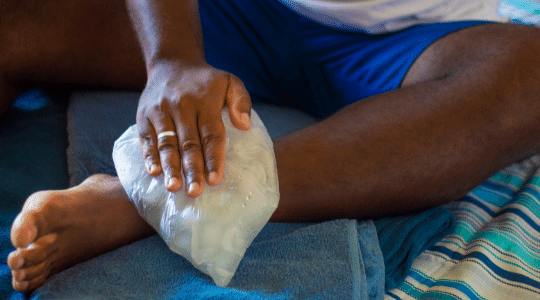
The first step: get back up!
So, you are stuck on the bed and you can’t move. It is totally normal when back pain strikes hard. Inflammation is the first stage of the healing process no matter the location or severity of the injury in the body.
Your job is to get back up on your feet as soon as possible so you can start the repairing process.
The typical treatment of the injured muscle is known as the “RICE” process: Rest, Ice (for immediate use now or cryotherapy) Compression and Elevation.
We all used or seen this method without realising, if you played sport when young, or any other time you hurt yourself your parents might turn up with a bag of frozen peas and place it on the traumatised area, than maybe band it tight and keep it at rest, elevated if a leg.
Dr. Gabe Mirkin came up with the very practical RICE principle in 1978. Icing the traumatised area reduces significantly the hematoma between the muscle fibers speeding up regeneration. This idea has been in use for decades but now things have changes and evolved.
Dr. Gabe Mirkin (the man who invented the RICE protocol) came out in 2013 with a new book “Iced! The Illusionary Treatment Option”. Dr. Gabe Mirkin withdrew his original statement! He wrote, “Subsequent research shows that ice can actually delay recovery. Mild movement helps tissue to heal faster, and the application of cold suppresses the immune responses that start and hasten recovery. Icing does help suppress pain; it doesn’t make your recovery faster”.
Hot Therapy (also called thermotherapy) is the use of heat in therapy, such as for pain relief and health. It self-explains, apply heat directly on a painful area to reduce pain, muscle spasms and inflammation. It can take the form of a hot pads or cushions, hot water bottle, ultrasound, or even a hot bath would do. With heat muscles tends to relax, increasing blood flow and stretching capacity.
This is my go-to when back pain hits me hard. In order to perform active recovery, pain level has to be reduced and manageable to allow you to move to a full range.
Depending on the type of back pain your doctor might suggest you get Over the Counter pain killers to keep you moving. Nonsteroidal anti-inflammatory drugs such as ibuprofen or naproxen, might relieve acute back pain.
Anti-inflammatory creams, topical painkillers, or analgesics are sprayed or rubbed onto the skin over painful areas or joints.
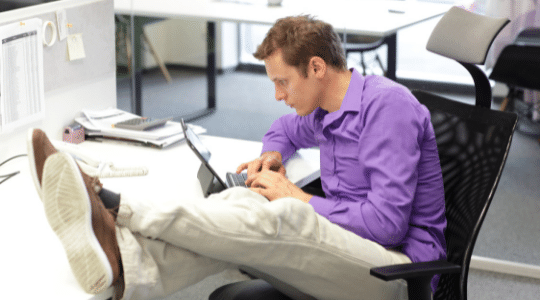
Avoid what causes your low back pain to flare
Good posture is difficult to achieve and, depends on your lifestyle, it might feel unnatural. It involves training your body to stand, walk, sit and lie in positions where the least strain is placed to your spine, joints and ligaments. Proper posture doesn’t always feel correct. Especially if you have been slouching for years.
Slouching doesn’t always cause discomfort, but over time this position can place strain on already sensitised muscles, and it tends to weaken or stiffen up key structural tissues. Get into the habit of sitting correctly when you can. It may not feel comfortable initially because your muscles have not been conditioned to support you in the correct position.
Leaning more on one leg while standing or on the side of an armchair can feel comfortable, especially if you have been standing or trying to be upright for a while. But instead of using your buttocks and core muscles to keep you upright, you place excessive pressure on one side of your lower back raising the hip and lowering the shoulder on one side.
Standing correctly might require a bit more work and thinking to do it right. When you stand up, your head needs to be in a neutral position. It should not lean forward. Your ears should line up with the middle of your shoulder.
Reaching out to high level items leaning forward or lifting with slouched or excessively ached back can also cause discomfort on the lumbar area.
To avoid what causes you pain, have a log where you write down the instances when the back pain strikes and what you were doing in that particular moment, so you can change/ improve that motion next time or avoid it all together.
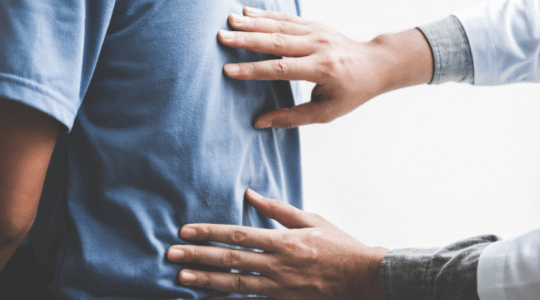
Screen your low back pain
Once you can move around and know what triggers the pain is time for you to fully assess your body and prepare a training plan to reduce the chances of inflaming the low back again.
This process requires to perform a number of tests to identify what sort of intolerance your back suffers from. Going through all these tests on your own can be tricky and I strongly advise you to seek professional help.
These tests will identify issues related to mobility, flexibility and stability. Once all outcomes are recorded you or your professional will need to prepare a plan of what you need to work on to regain balance and reduce pain.
Need help?
Do you want to get your low back pain screened for FREE? Do you live around Eastbourne area? Do not hesitate to contact you and book a free assessment and consultation. Take this chance to visit our private gym Umaxfitness and break the ice, meeting our personal trainer Umberto Massimino.
